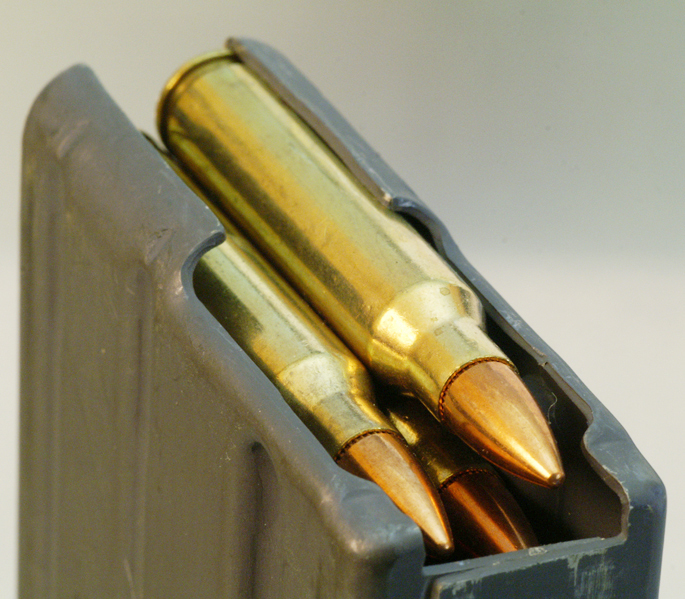I just read this from a site

 blog.capitalcartridge.com
blog.capitalcartridge.com
Where would I find such data? I've looked everywhere and 5.56 is not mentioned in the Speer book or Lyman.
Hodgdon data shows starting at 21 min - 23.8 max. I have loaded 40 Sierra 69gr hbpt cartridges in a ladder with IMR 8208 XBR: 10 22gr, 10 22.4gr, 10 22.8gr into .223 cases (once fired PMC bronze)
Should I be worried about any of these? Do I need to start over from the min load? What would I need to change when I get to my swaged pocket 5.56 brass (PMC X-TAC)?

Reloading the .223/5.56
Perhaps two of the most popular cartridges in the reloading brass world is the .223 Remington and 5.56 NATO. These have become so popular in today’s shooting world mainly due to the popularity of A…
 blog.capitalcartridge.com
blog.capitalcartridge.com
The lead of a barrel is the area in front of the chamber, but before where the rifling begins. For the .223 Remington, the lead specification (SAAMI) is 0.085 inches. For the 5.56, the lead specification (SAAMI) is 0.162 inches, or, almost double. This difference is notable.
Because standard 5.56 NATO rounds are produced with higher pressure loads, if it’s fired in a rifle designed for a .223 Remington, the shorter lead in the .223 Remington chamber will further increase the pressure, potentially to an unsafe level. Additionally, manufactured 5.56 rounds are made for the longer lead and, therefore, may have the bullet seated differently. If the bullet from a 5.56 makes contact with the rifling in a chamber designed for a .223 Remington prior to being fired, this too can cause unwanted pressure increases.
Nevertheless, reloaders need to be aware of the powder loads and bullet seating that will correctly accommodate the chamber of the rounds they’re being prepared for. It is important to remember, though, that loading data is NOT interchangeable. Never use reloading data for the .223 when reloading 5.56 brass, or vice versa.
Where would I find such data? I've looked everywhere and 5.56 is not mentioned in the Speer book or Lyman.
Hodgdon data shows starting at 21 min - 23.8 max. I have loaded 40 Sierra 69gr hbpt cartridges in a ladder with IMR 8208 XBR: 10 22gr, 10 22.4gr, 10 22.8gr into .223 cases (once fired PMC bronze)
Should I be worried about any of these? Do I need to start over from the min load? What would I need to change when I get to my swaged pocket 5.56 brass (PMC X-TAC)?



 subject.
subject.
